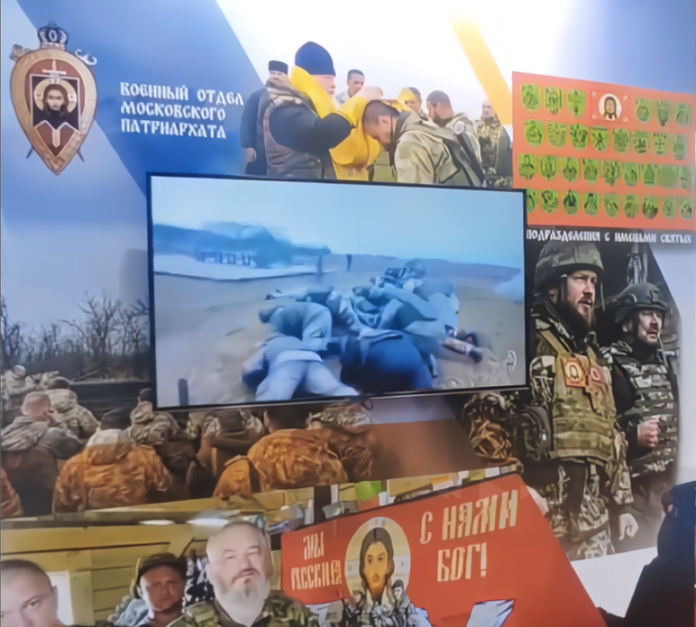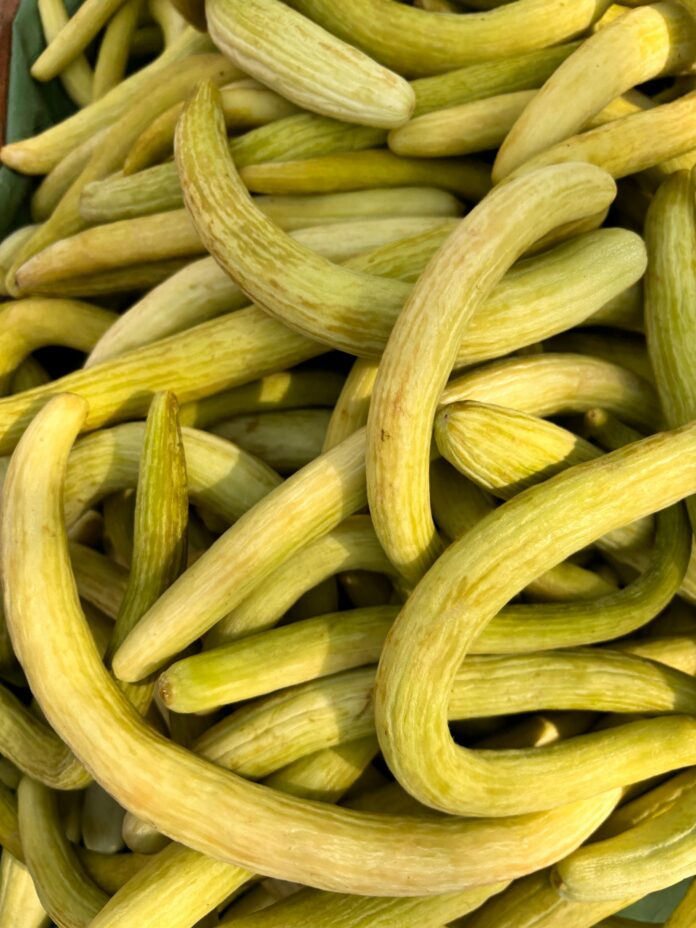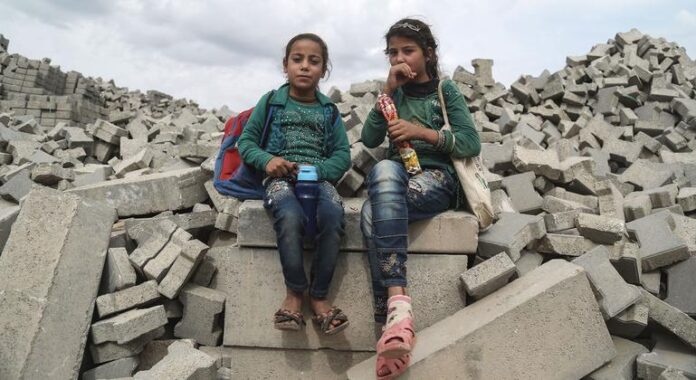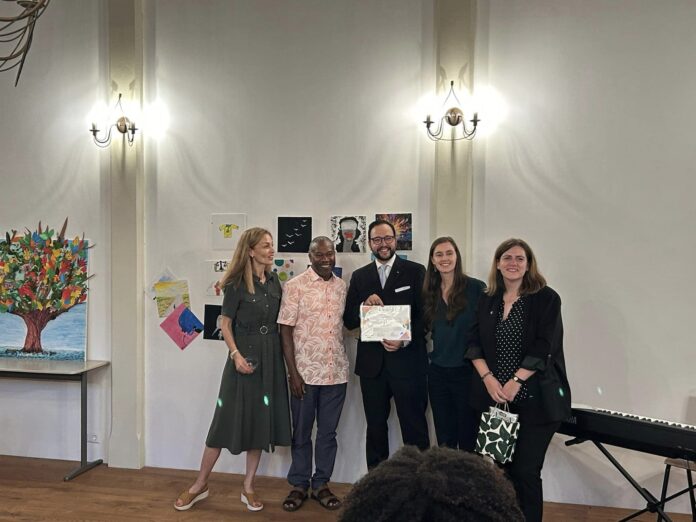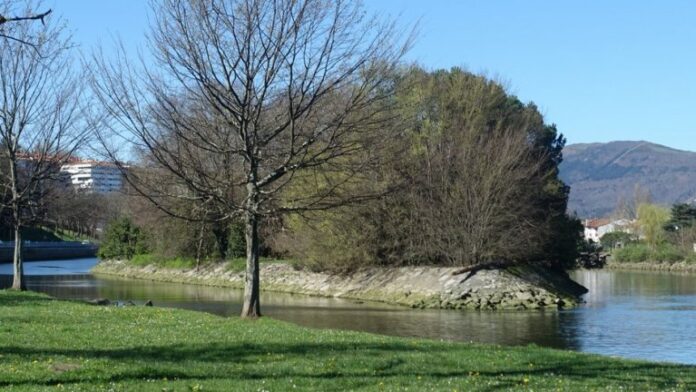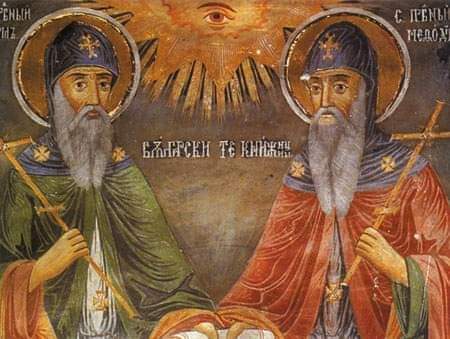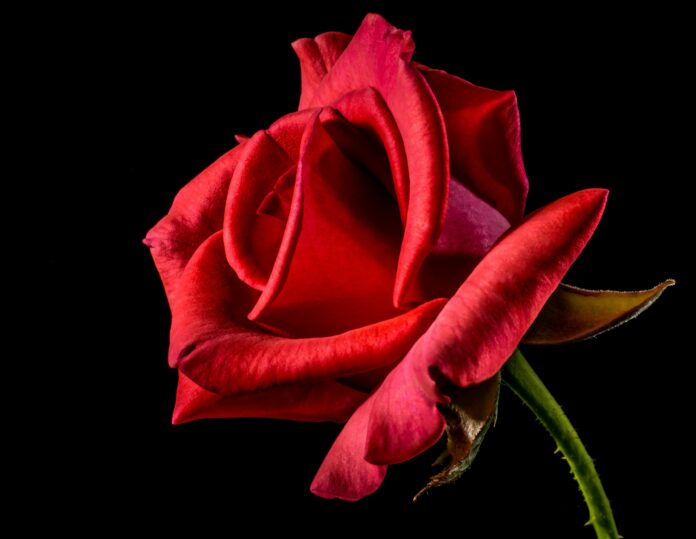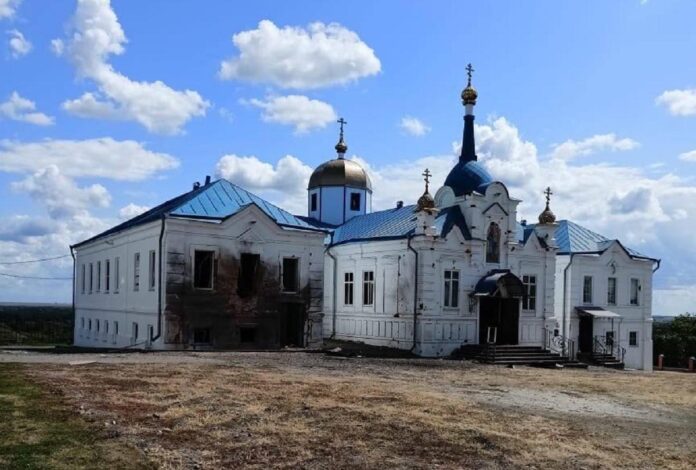The Tenth International Military-Technical Forum “Army – 2024” held from August 12 to 14 at the “Patriot” Congress and Exhibition Center (Kubinka, Moscow Region).
The event is presented as the world’s leading exhibition of armaments and military equipment, but this year the forum is held in a much more modest format, with representatives from Iran, Belarus, North Korea, Vietnam and China present. Due to the circumstances, the traditional military shows at the Kubinka airport and the Alabino training ground will not be held this year.
One of the central stands of the exhibition was prepared by the Russian Orthodox Church. The stand is of the Synodal Department for interaction with the Armed Forces and law enforcement agencies, presenting not only the department’s activities, but also the service of the military clergy. Visitors are greeted by military chaplains prepared to answer important spiritual-political questions. The stand presents products of the military-industrial complex, which also offer “heavenly protection” (see the inscription on the display case). This group includes 2 and 3 mm titanium ballistic plates with icons depicted on them (can be used separately or in combination with body armor) and helmets with sacred images.
Since February 2022, the Russian Orthodox Church has sent seven hundred priests to the war against Ukraine and consecrated over 50 thousand military sites and units of military equipment.
TASS has prepared an article about International Military-Technical Forum’s history:
The International Military-Technical Forum “Army” has been held annually since 2015 in accordance with the order of the Russian government. The organizer is the Russian Ministry of Defense. The event includes a large-scale exhibition of the achievements of the Russian defense industry. The forum is designed to promote the technical re-equipment of the Russian Armed Forces (AF) and increase their efficiency, patriotic education of Russian youth, as well as the development of international military-technical cooperation and strengthening the positive image of the Russian Armed Forces. The forum structure includes a static exposition, dynamic and scientific-business programs, as well as protocol and cultural-artistic events.
Photo: Coat of arms of the Military department of the Moscow Patriarchate: “God is with us”



